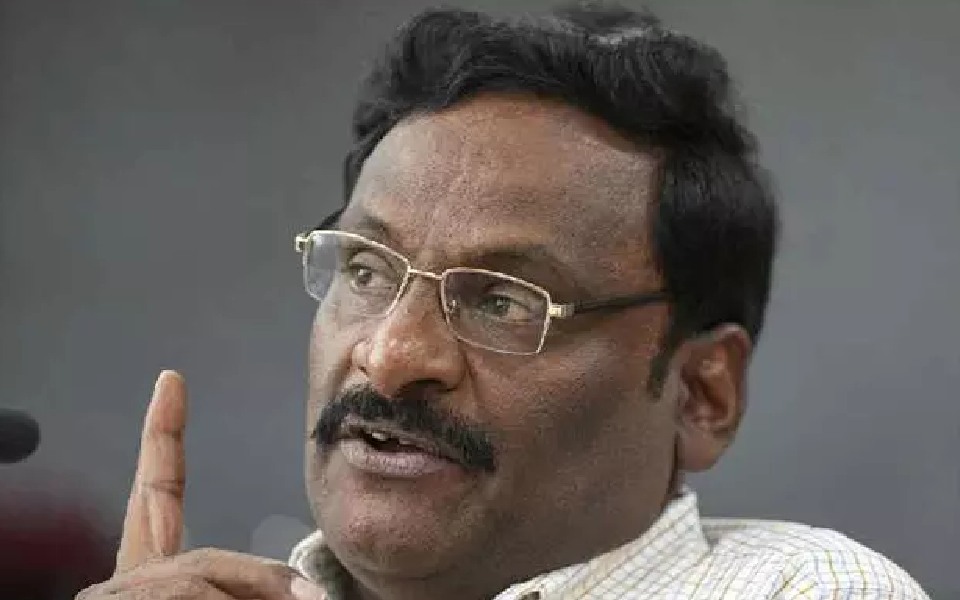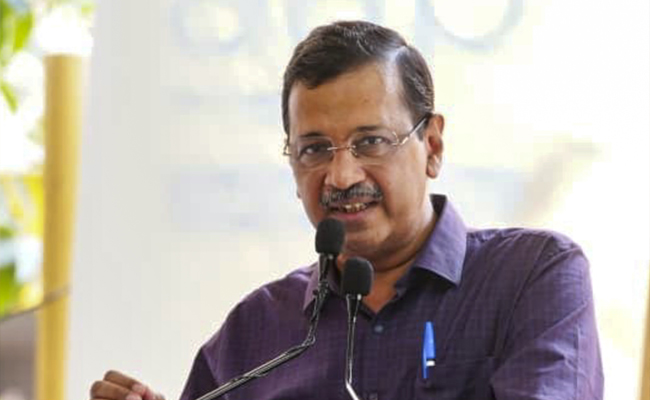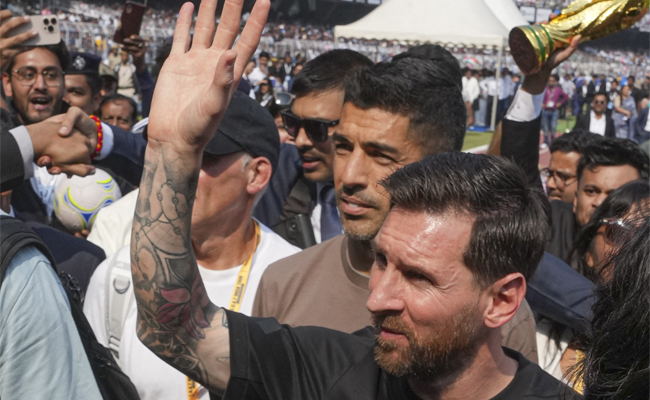Hyderabad: Dr Gokarakonda Naga Saibaba, a former Delhi University professor and prominent human rights activist, passed away on Saturday, 12 October 2024, at the age of 58. He died at Hyderabad’s Nizam’s Institute of Medical Sciences (NIMS) after reportedly suffering a cardiac arrest, just seven months after being acquitted in a case where he was accused of links with Maoist groups.
Saibaba, who taught at Ram Lal Anand College, had been arrested under the Unlawful Activities (Prevention) Act (UAPA) for alleged involvement with the banned Communist Party of India (Maoist). Despite the charges, the Bombay High Court acquitted him in March 2024, citing insufficient evidence.
Throughout his ten-year incarceration, Saibaba, who had polio-paralysis, reported severe mistreatment, including being denied essential medication. He became a symbol of state repression, often raising his voice against injustices faced by political prisoners.
A passionate advocate for Adivasi rights, Saibaba was critical of the government’s actions, such as Operation Greenhunt, which targeted tribal communities in the 'red corridor.' He also supported the Telangana statehood movement and spoke out against the arrest of fellow activist Stan Swamy.
Dr Saibaba is survived by his wife, Vasantha Kumari, and his daughter, Manjeera.
Let the Truth be known. If you read VB and like VB, please be a VB Supporter and Help us deliver the Truth to one and all.
Panaji (PTI): As part of a crackdown against tourist establishments violating laws and safety norms in the aftermath of the Arpora fire tragedy, Goa authorities on Saturday sealed a renowned club at Vagator and revoked the fire department NOC of another club.
Cafe CO2 Goa, located on a cliff overlooking the Arabian Sea at Vagator beach in North Goa, was sealed. The move came two days after Goya Club, also in Vagator, was shut down for alleged violations of rules.
Elsewhere, campaigning for local body polls, AAP leader Arvind Kejriwal said the fire incident at Birch by Romeo Lane nightclub at Arpora, which claimed 25 lives on December 6, happened because the BJP government in the state was corrupt.
An inspection of Cafe CO2 Goa by a state government-appointed team revealed that the establishment, with a seating capacity of 250, did not possess a no-objection certificate (NOC) of the Fire and Emergency Services Department. The club, which sits atop Ozrant Cliff, also did not have structural stability, the team found.
The Fire and Emergency Services on Saturday also revoked the NOC issued to Diaz Pool Club and Bar at Anjuna as the fire extinguishers installed in the establishment were found to be inadequate, said divisional fire officer Shripad Gawas.
A notice was issued to Nitin Wadhwa, the partner of the club, he said in the order.
Campaigning at Chimbel village near Panaji in support of his party's Zilla Panchayat election candidate, Aam Aadmi Party leader Kejriwal said the nightclub fire at Arpora happened because of the "corruption of the Pramod Sawant-led state government."
"Why this fire incident happened? I read in the newspapers that the nightclub had no occupancy certificate, no building licence, no excise licence, no construction licence or trade licence. The entire club was illegal but still it was going on," he said.
"How could it go on? Couldn't Pramod Sawant or anyone else see it? I was told that hafta (bribe) was being paid," the former Delhi chief minister said.
A person can not work without bribing officials in the coastal state, Kejriwal said, alleging that officers, MLAs and even ministers are accepting bribes.





